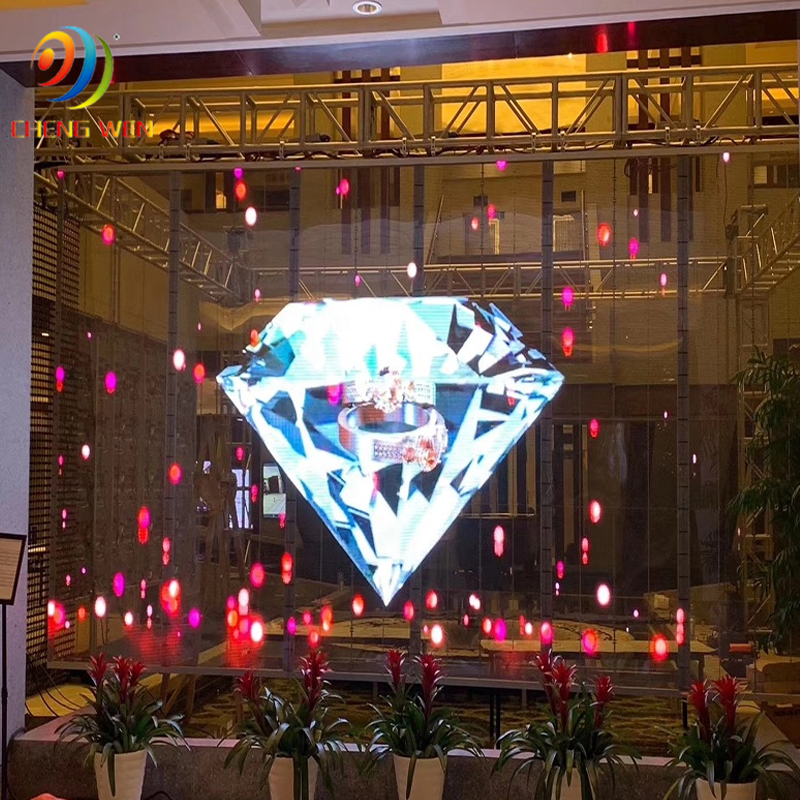In recent years, with the rapid advancement of color TV technology and continuous improvements in design, the market now offers not only traditional flat-panel TVs but also curved-screen models. This has left many consumers confused when deciding which one to buy. What are the differences between flat and curved screens? Which one is better suited for your needs? Today, we'll explore the advantages of both flat and curved TVs to help you make an informed choice.
Starting with flat-panel TVs, they are widely available on the market and typically use LED (light-emitting diode) backlighting. These LEDs are arranged in a grid-like pattern, with each individual LED contributing to a more uniform and true-to-life lighting effect. This results in excellent brightness distribution and a flatter light source, enhancing the overall viewing experience.
On the other hand, curved TVs offer a more immersive and dynamic visual experience. The inward curve of the screen creates a sense of being surrounded by the image, allowing viewers to enjoy a more consistent view from edge to edge. This makes curved TVs particularly effective for large screens, offering a wider field of view and a more expansive, cinematic feel.
Additionally, curved TVs often provide a broader viewing angle compared to their flat counterparts. The slight curvature helps bring the edges of the screen closer to the viewer, ensuring that the entire screen remains visible and clear, even from off-center positions. This enhances the overall visual impact and makes the content more engaging.
Another advantage of curved TVs is their superior contrast ratio. Many curved models, especially those using OLED technology, deliver deeper blacks and brighter whites, resulting in more vivid and lifelike images. The curved design may also contribute to this improved contrast by positioning the screen closer to the viewer's eyes.
While curved TVs represent an exciting evolution in television design, they still have some limitations in terms of optimal viewing experience. They tend to perform best when viewed from a specific distance and at a certain screen size, making them more suitable for high-end users who prioritize a premium visual experience.
If you're looking for the latest updates on smart TVs and streaming boxes, be sure to check out Smart TV/box information, a leading platform for smart TV news, reviews, and guides. Whether you're interested in smart TV software, hardware, or troubleshooting, this site is your go-to resource for all things related to modern home entertainment.
Transparent LED Screen
This series features transparent LED screens, which are suitable for various indoor places and various stores, especially in storefronts with floor-to-ceiling glass windows. Installing the transparent screen against the glass wall has a very good effect. When the display is turned off, the audience can watch the indoor environment from the outdoors, and when the display is turned on, they can directly watch the content played on the display.It not only preserves the visibility in the store, but also can effectively display advertising videos to the other party, which is very practical.

Transparent Led Screen,Led Wall Display,Building Led Display Panel,Sport Led Screena
Guangzhou Cheng Wen Photoelectric Technology Co., Ltd. , https://www.cwdisplay.com
